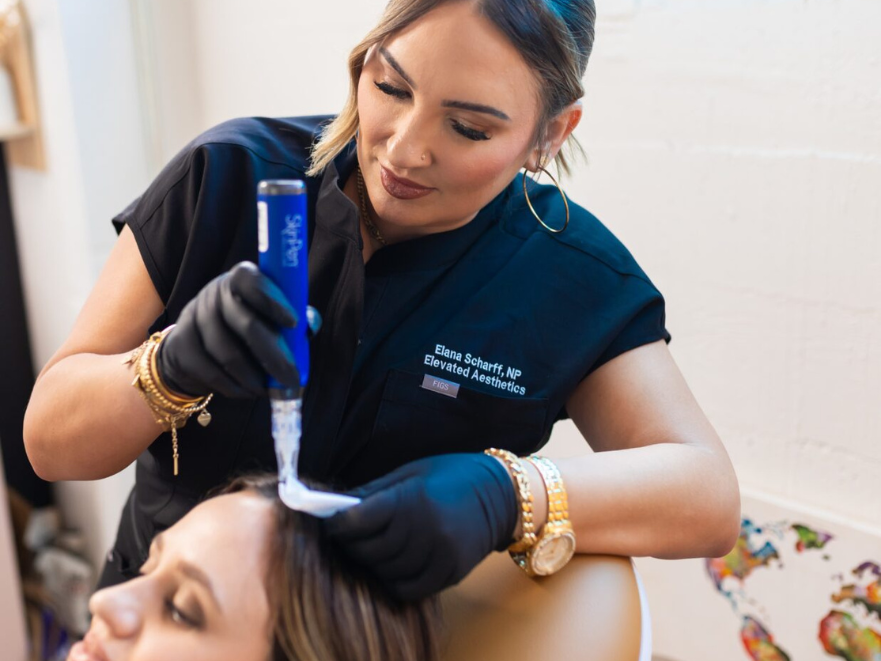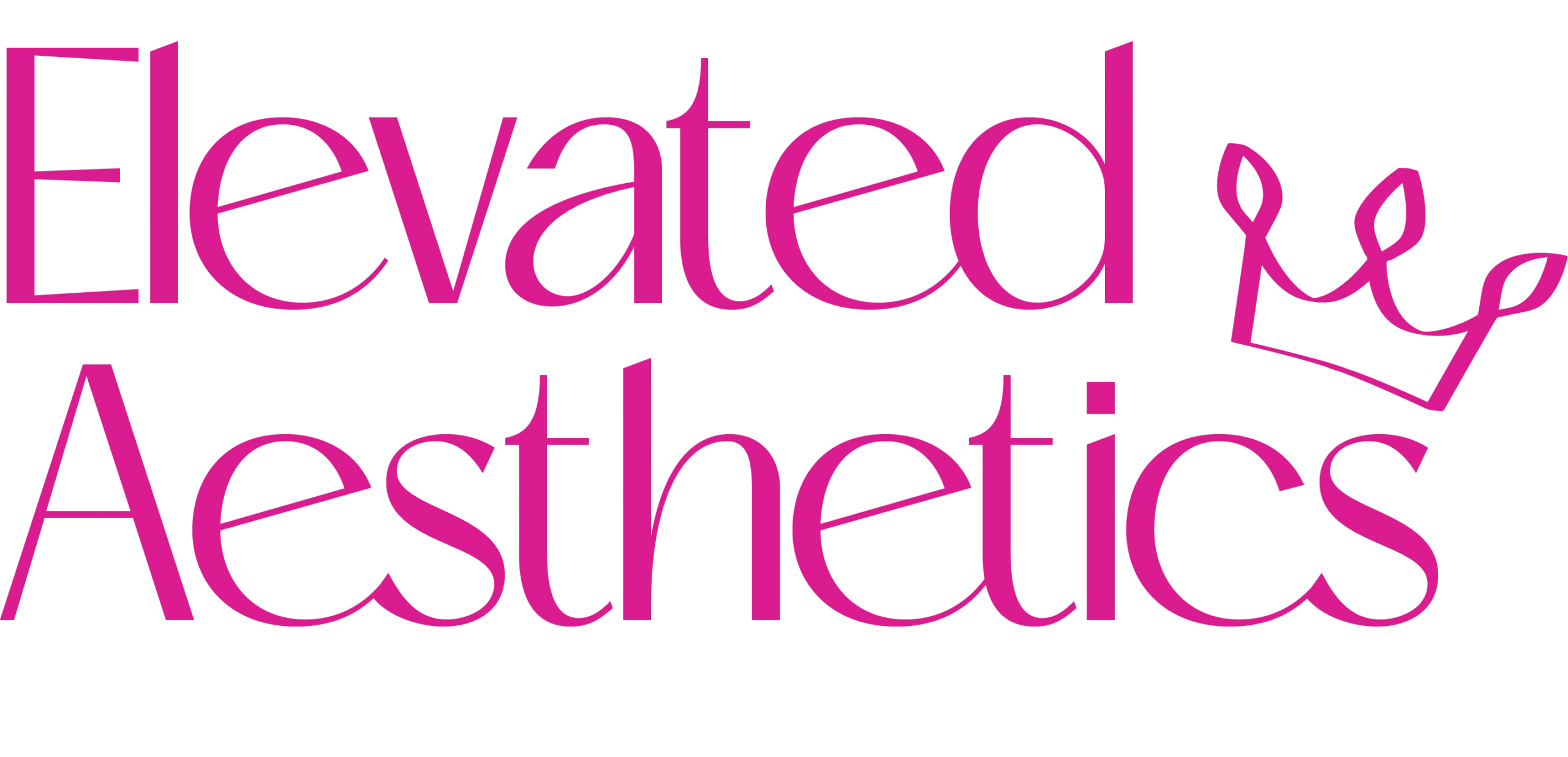PRP Hair Restoration: A Natural Solution for Hair Regrowth Platelet-Rich Plasma (PRP) hair restoration is a non-surgical treatment that stimulates hair growth using a patient’s own blood. It is commonly used for androgenetic alopecia (male and female pattern baldness), thinning hair, and hair loss due to stress or medical conditions. How PRP Hair Restoration Works …


PRP Hair Restoration: A Natural Solution for Hair Regrowth
How PRP Hair Restoration Works
Blood Draw – A small amount of blood is taken from the patient’s arm.
Centrifugation – The blood is spun in a centrifuge to separate the platelet-rich plasma (PRP) from other blood components.
Injection – The concentrated PRP, rich in growth factors, is injected into the scalp in areas of thinning hair to stimulate follicles and promote regrowth.
Benefits of PRP for Hair Loss
✅ Stimulates Natural Hair Growth – Growth factors in PRP promote new hair growth and strengthen existing follicles.
✅ Increases Hair Thickness & Density – Helps improve hair texture, density, and overall volume.
✅ Non-Surgical & Safe – Uses the patient’s own blood, reducing the risk of allergic reactions.
✅ Minimally Invasive with No Downtime – Patients can return to daily activities immediately after treatment.
Who is a Good Candidate?
✅ Men and women experiencing thinning hair or early-stage hair loss
✅Patients with androgenetic alopecia (genetic hair loss)
✅ Individuals who want a natural hair regrowth solution
✅ People who have undergone hair transplants and want to enhance results
❌ Not Ideal For:
- Patients with complete baldness (PRP works best when some hair follicles are still active).
- Individuals with scalp infections or uncontrolled autoimmune diseases.
- Those with blood disorders or on blood thinners, which may affect platelet function.
PRP Hair Treatment Process & Results
Treatment Plan:
- Initial Phase: 3-4 sessions, spaced 4-6 weeks apart
- Maintenance: 1 session every 4-6 months
Results Timeline:
- 1-2 months – Less hair shedding, early signs of regrowth
- 3-6 months – Visible thickening and strengthening of hair
- 6-12 months – Full results, with improved density and coverage
Side Effects & Recovery
- Mild redness, swelling, or tenderness at the injection sites (resolves in 24-48 hours).
- Rare bruising or minor scalp sensitivity.
- No downtime – normal activities can be resumed immediately.
PRP vs. Other Hair Loss Treatments
| Treatment | Effectiveness | Best For | Invasiveness | Maintenance |
|---|---|---|---|---|
| PRP | Moderate to high | Early-stage hair loss, thinning | Minimally invasive | Every 4-6 months |
| Hair Transplant | Permanent, high | Advanced hair loss | Surgical | None after healing |
| Minoxidil (Rogaine®) | Moderate | Early-stage hair loss | Topical | Daily use required |
| Finasteride (Propecia®) | High (for men) | Androgenetic alopecia | Oral medication | Daily use required |
Nutrafol: A Comprehensive Hair Growth Supplement
How to Take Nutrafol
Recommended Dosage:
- 4 capsules per day with a meal containing healthy fats (to enhance absorption).
- Can be taken all at once or split into two doses (e.g., 2 in the morning, 2 in the evening).
⏳ When to Expect Results:
- 1-3 months: Reduced hair shedding, improved scalp health.
- 3-6 months: Visible hair thickness, stronger strands.
- 6+ months: Continued growth, better density, and hair quality.
Types of Nutrafol & Their Benefits
1. Nutrafol Women
✅ Targets hormonal imbalance, stress, and nutritional deficiencies.
✅ Ideal for women experiencing general hair thinning.
2. Nutrafol Women’s Balance (for Postpartum & Menopause)
✅ Formulated for hormonal changes due to menopause or postpartum recovery.
✅ Contains additional hormone-supporting botanicals.
3. Nutrafol Men
✅ Supports hair growth in men with early-stage thinning.
✅ DHT-blocking ingredients help reduce hormonal hair loss.
4. Nutrafol Postpartum
✅ Safe for new moms (OB/GYN-developed formula).
✅ Supports post-pregnancy hair regrowth without affecting breastfeeding.
Key Ingredients & Their Benefits
🌿 Saw Palmetto – Blocks DHT, a hormone linked to hair loss.
🌿 Ashwagandha – Reduces cortisol (stress hormone) levels to prevent stress-induced hair shedding.
🌿 Marine Collagen Peptides – Strengthens hair structure and improves elasticity.
🌿 Curcumin (from Turmeric) – Fights inflammation, which can damage hair follicles.
🌿 Biotin, Zinc, & Selenium – Essential nutrients for hair growth, strength, and scalp health.
Who Should Take Nutrafol?
✅ Individuals with thinning hair due to stress, hormonal imbalances, or nutrient deficiencies.
✅ Men and women experiencing mild to moderate hair loss.
✅ People looking for a drug-free, holistic approach to hair regrowth.
✅ Postpartum or menopausal women experiencing hair shedding.
❌ Who Should NOT Take Nutrafol?
- Pregnant individuals (except for Nutrafol Postpartum).
- Those with allergies to marine-based collagen.
- Individuals on blood-thinning medications (consult your doctor first).
Can Nutrafol Be Combined with Other Hair Treatments?
- Yes! For enhanced results, Nutrafol can be used alongside:✅ PRP Hair Restoration – Increases hair regrowth potential.✅ Minoxidil (Rogaine®) – Supports topical hair regrowth.✅ Scalp Massages & Microneedling – Boosts blood circulation.✅Laser Therapy (LLLT) – Stimulates follicles for thicker hair.
How it Works
Consultations
Our medical professionals will first examine your scalp, understand your wants, and set realistic but high standards.
Extraction & Placement
After mapping the area, healthy hair follicles are carefully extracted and grafted onto the required spots.
Recovery
A mild tenderness can be felt post the procedure. Some antibiotics or bandaging may be required.
Who Can Opt For Hair Restoration Procedures
- Must be at least 18 years old.
- Should be in good overall health with no underlying conditions that could affect treatment.
- Ideal for those experiencing early to moderate hair loss, thinning, or receding hairlines.
- Must have realistic expectations for natural-looking results that may take time to fully develop.
- Looking for a non-surgical or surgical solution to restore hair growth and improve hair density.
- Individuals with scalp conditions, infections, or certain medical issues may not be suitable candidates.
- A personalized consultation will evaluate the extent of hair loss and determine the best treatment approach for optimal results.
have a question?
Quick answers to questions you may have
How long does it take to see results?
The results may vary depending on the scale of the treatment. Typically baby hair starts to sprout within 3 to 6 months with more noticeable improvements in 9 to 12 months.
Is hair restoration permanent?
Non-surgical treatments like PRP or medications require ongoing sessions to maintain results.
Are the procedures painful?
No, these procedures are not painful. Most hair restoration procedures are minimally invasive and performed under local anesthesia, ensuring minimal discomfort.
Patients might experience some mild soreness or tightness in the scalp after the procedure.
What is the recovery time?
In most transplants, patients can resume their daily activities within a week. Temporary redness or swelling may occur but usually subsides quickly.
